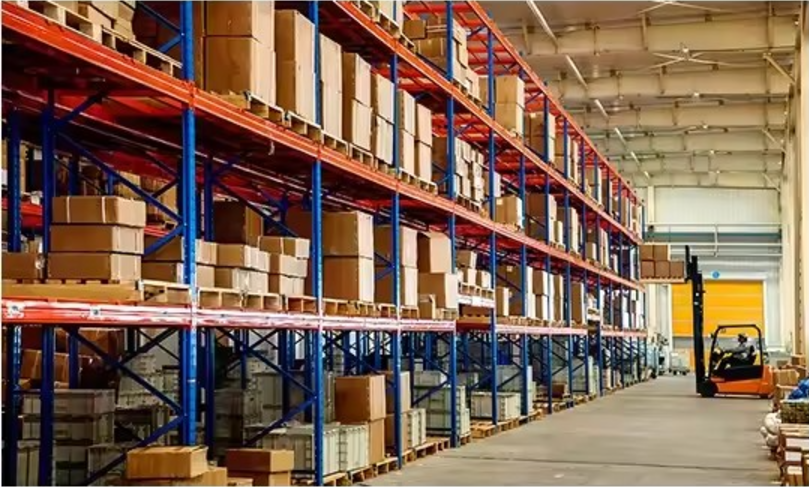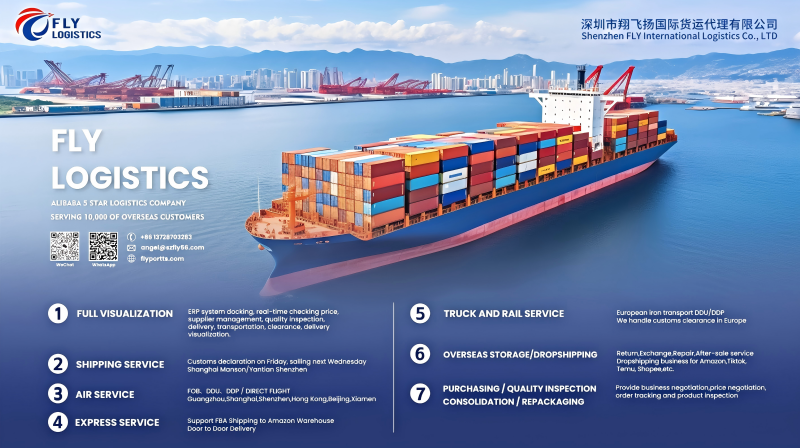In the fast-paced world of international logistics, efficiency is key. For enterprises that require swift and reliable transportation, especially across global markets, air consolidation has emerged as a highly effective solution. By combining multiple shipments from different customers into a single consolidated air freight shipment, businesses can enjoy significant cost savings, reduced transit times, and improved logistics management. In this article, we will explore what types of goods are most suitable for air freight consolidation, providing valuable insights for enterprises seeking to optimize their logistics operations.
Understanding Air Consolidation
Before diving into the specifics, it’s essential to understand what air freight consolidation entails. Air freight consolidation involves grouping multiple smaller shipments—often from different shippers—into a single air freight shipment. This process is facilitated by freight forwarders or logistics service providers who manage the consolidation at the point of origin and deconsolidation at the destination.
The primary advantage of air consolidation is cost efficiency. By sharing the space within a single cargo aircraft, shippers can avoid paying for an entire plane’s capacity, which would be prohibitively expensive for smaller loads. Additionally, air freight consolidation can lead to faster delivery times, as consolidated shipments are often given priority over individual parcels.
However, to fully leverage the benefits of freight consolidation service, businesses must carefully consider the types of goods that are most suitable for this method.
Characteristics of Goods Ideal for Air Consolidation
Not all goods are equally suitable for air freight consolidation. Certain characteristics make some products better candidates for this method than others. Below are the key attributes that define goods well-suited for freight consolidation service:
- Small to Medium-Sized Goods
Air consolidation is most effective for small to medium-sized goods. This includes products that do not take up excessive space but still require expedited shipping. Items such as electronics, apparel, pharmaceuticals, and consumer goods typically fall into this category. These goods are often high-value, making the faster transit times associated with air freight particularly advantageous.
Example: A company that manufactures wearable tech devices may benefit from air consolidation by shipping multiple small batches of products to various global destinations. The compact size and high value of these devices make them ideal candidates for this logistics method.
- High-Value Goods
High-value goods are another category that is particularly well-suited for freight consolidation service. Due to the nature of air freight, which is faster and more secure than other forms of transportation, it is a preferred method for shipping expensive or sensitive items. The cost savings from consolidation, combined with the reduced risk of damage or theft during transit, make it an attractive option.
Example: Jewelry, luxury watches, and high-end electronics are excellent examples of high-value goods that benefit from air consolidation. These items require quick and secure delivery, which air freight can provide, while the consolidation process helps keep costs down.
- Time-Sensitive Goods
For goods that are highly time-sensitive, freight consolidation service offers a compelling advantage. This includes products with a limited shelf life or those that need to be delivered within a strict timeframe. The speed of air transportation ensures that these goods reach their destination quickly, while the consolidation process allows for more frequent shipments without the need to wait for a full load.
Example: Pharmaceuticals and medical supplies often require expedited shipping due to their time-sensitive nature. Air consolidation allows manufacturers to send smaller, more frequent shipments, ensuring that critical medications reach their destination promptly.

- Perishable Goods
While typically associated with refrigerated cargo, certain types of perishable goods can also benefit from freight consolidation service. The key here is the ability to combine smaller shipments from various sources into a single consolidated load that moves quickly through the supply chain. This is particularly beneficial for high-value perishables such as flowers, gourmet foods, and certain types of seafood.
Example: A florist shipping fresh flowers internationally would find air consolidation advantageous. The ability to quickly move small batches of flowers ensures they arrive fresh, while the shared cost of shipping keeps expenses manageable.
- Fashion and Apparel
The fashion industry operates on tight schedules, with trends and seasons dictating the timing of shipments. Air consolidation is particularly suitable for fashion and apparel goods that need to be transported quickly to meet market demands. These goods are often lightweight and can be efficiently grouped with other shipments to optimize space and cost.
Example: A fashion retailer launching a new collection across multiple countries can use freight consolidation service to ensure that the clothing arrives on time, without incurring the high costs of dedicated air freight for each destination.
- E-commerce and Retail Products
With the rise of e-commerce, the demand for rapid, cost-effective shipping solutions has increased. Air consolidation is well-suited for e-commerce and retail products, particularly when these goods need to be delivered internationally. Consolidating shipments allows retailers to manage costs while still meeting customer expectations for fast delivery.
Example: An online retailer fulfilling orders for various customers across different regions can benefit from freight consolidation service by combining these orders into a single shipment. This approach reduces shipping costs and accelerates delivery times, enhancing customer satisfaction.
The Strategic Benefits of Air Consolidation
For enterprises that require international logistics and transportation, understanding the types of goods most suitable for air freight consolidation is critical to optimizing operations. By selecting appropriate products for consolidation, businesses can achieve significant cost savings, faster delivery times, and enhanced supply chain efficiency.
Moreover, freight consolidation service offers the flexibility to scale operations according to market demands. As global markets continue to evolve, the ability to quickly adapt to changing customer needs becomes increasingly valuable. Enterprises that effectively leverage freight consolidation service can better manage their logistics costs, reduce transit times, and improve overall competitiveness in the global marketplace.
Conclusion
Air consolidation is a powerful tool for enterprises involved in international logistics and transportation. By carefully selecting goods that align with the characteristics suited for air freight consolidation, businesses can maximize the efficiency and cost-effectiveness of their supply chain. Small to medium-sized, high-value, time-sensitive, perishable, and fashion-related goods are prime candidates for this method, offering significant advantages over other transportation options.
As global trade continues to grow, the strategic use of freight consolidation service will become increasingly important for enterprises seeking to maintain a competitive edge in the market. Understanding which goods are most suitable for air consolidation is the first step toward achieving this goal, ensuring that your logistics operations are both effective and aligned with your business objectives.





